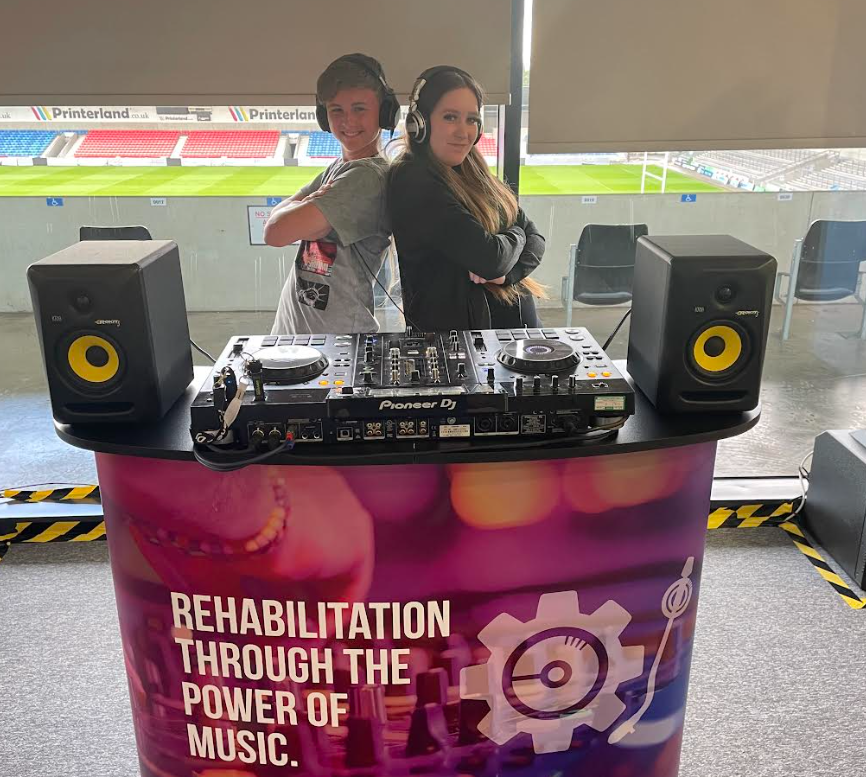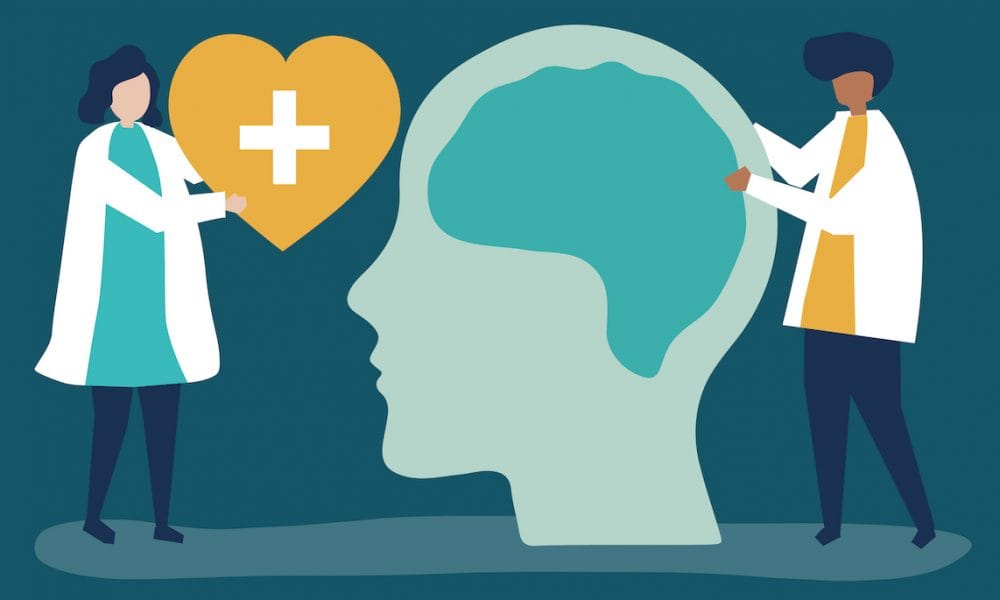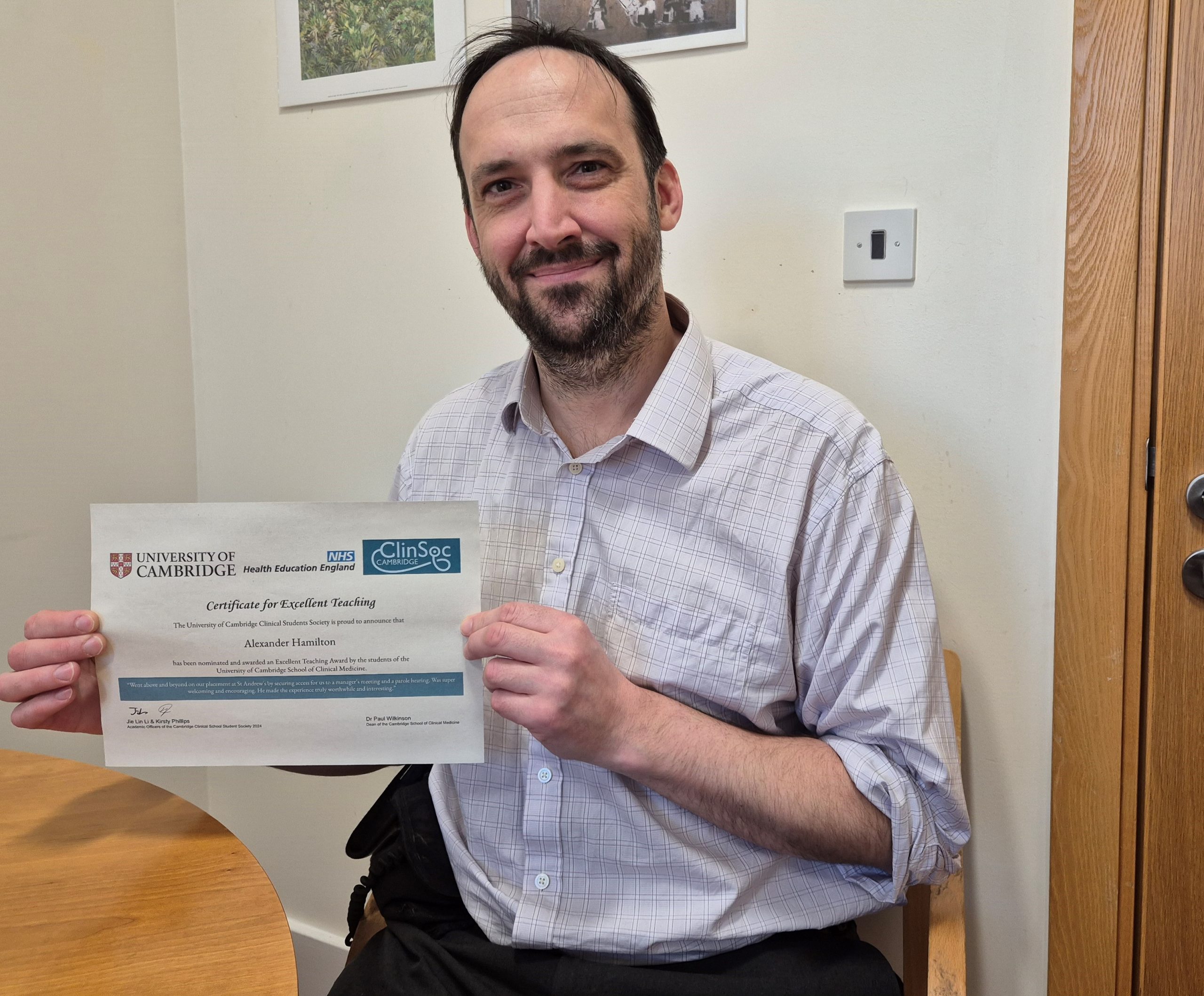
By Charlotte Naylor, Research Assistant, Sarah Lake, Research Assistant, Dr Penny Trayner, Co-Founder and Consultant Clinical Neuropsychologist and Mark Blundell, Co-Founder, BPM Rehab
Anxiety can significantly impair an individual’s quality of life, hindering their social functioning and emotional well-being.
When left unaddressed, anxiety has the potential to evolve into more chronic mental health conditions, exacerbating the difficulties faced by those already struggling (Diaz et al., 2012).
Previous research has demonstrated the promising and multifaceted therapeutic benefits of emerging music-based interventions, detailing their role in alleviating anxiety and promoting engaging rehabilitation (Krout, 2007).
These interventions offer not only psychological benefits such as emotional regulation and self-expression but also physiological advantages like stress relief, thus serving as an effective tool within rehabilitation and anxiety management (Guétin et al., 2009).
Anxiety is prevalent within individuals with brain injuries, a population often at heightened risk of social isolation and emotional distress.
Research has demonstrated that almost 18 per cent of those who have experienced brain injury have clinically significant anxiety (Dehbozorgi et al., 2024).
Headway (2025) reported that over 70 per cent of brain injury survivors experienced decline in their social life.
Reintegration into society after a brain injury is a complex and anxiety-inducing process that can be isolating, especially for young individuals (Martin, Levack & Sinnott., 2015).
These individuals, particularly adolescent females, often display high rates of comorbid anxiety and depressive disorders, adding layers of complexity to their rehabilitation process (Hendry et al., 2020).
For younger patients, panic attacks, which include both psychological and physiological responses associated with anxiety, are notably more common, compared to older brain injury patients (Hammond et al., 2019).
These challenges are exacerbated by non-physical symptoms, such as fatigue, cognitive difficulties, and low energy, which contribute to the anxiety of reintegrating into ‘normal’ societal expectations after a brain injury (Johansson & Rönnbäck, 2014).
This pressure can be overwhelming for young individuals making it difficult to rejoin their usual social environments without experiencing anxiety (Johansson & Rönnbäck, 2014).
The role of electronic music therapy
Young people recovering from brain injuries often encounter engagement and motivation barriers with traditional rehabilitative approaches (Jenkin et al., 2022).
Children and adolescent’s motivation can be hindered by their own anxieties, a lack of peer and familial support, as well as community attitudes when overcoming these barriers (Jenkin et al., 2022; Thompson et al., 2016).
Without addressing these motivational challenges, many young people may struggle to fully engage in their recovery.
Given these concerns, exploring alternative, engaging rehabilitation pathways is critical for supporting individuals in managing their psychological and emotional symptoms post-brain injury.
Organisations such as BPM Rehab have recognised the need for innovative rehabilitation programmes that resonate with young patients.
One BPM student reflected, “It’s a very comforting and it’s very like you feel safe here, you know what I mean.’’
Collaborating with qualified professionals, including Clinical Neuropsychologist Dr Penny Trayner and Expert DJ and Tutor Mark Blundell, BPM Rehab has developed a programme that uses electronic music as a method of tackling the cognitive and emotional struggles faced by individuals post-brain injury.
The programme has proven effective, with tutors and parents observing significant improvements in the confidence and anxiety levels of students, in addition to the students’ own positive personal reflections of their own cognitive and emotional development and improved emotional resilience.
BPM students expressed some of the skills that BPM has helped them with, saying: ‘‘yeah like motivation or different moods, because you could be in a bad mood.
“It’s like, you know what you’re doing if that makes sense, and then you can go.
“Oh, yeah, I’m going to put on an angry song and I’m gonna make that sound sick. Yeah.
“And then it gives you like, it helps with your concentration. It helps with your self-esteem as well with like relating back to the motivation.
“It’s also just like kind of like, just like a self-soother as well’’.
Understanding the biological underpinnings
Music therapy-based interventions have been shown to successfully reduce anxiety levels, with the rhythmic and melodic components of music having physiological effects which induce a relaxed state, lowering heart rate and reducing cortisol levels (Davis & Thaut, 1989; Krout, 2007).
In terms of cognitive effects, music rehabilitation can enhance focus, attention, and memory, which are often impacted by anxiety (Hedge, 2014).
This type of rehabilitation therefore has the potential to alleviate symptoms of anxiety through its impact on the biological response to stress.
Musical stimuli trigger the release of neurotransmitters and hormones, influencing individuals behavioural and physiological functioning (Krout, 2007).
Stress and elevated cortisol levels can lead to structural and functional changes in the brain, including alterations in the amygdala and hippocampus, which are associated with increased anxiety and fear responses (McEwen, 2007).
Differentiated levels of the hypothalamic-pituitary-adrenal (HPA) axis and autonomic nervous system are closely linked to mood and anxiety disorders.
Research shows that individuals with low interpersonal trust exhibit heightened HPA responses to social stress (Takahashi et al., 2005).
Exaggerated neuroendocrine responses to psychosocial stress, common in anxiety disorders, include increased cortisol secretion and enhanced activity of the amygdala, which plays a key role in emotional processing and fear responses (Takahashi et al., 2005).
The success of current changes in BPM student development, particularly in their reported levels of anxiety, demonstrates how alternative and supportive interventions are a valuable tool in engaging and motivating rehabilitation.
BPM students reflected on how BPM helped with motivation following brain injury, ‘‘it helped me through a lot of the like difficult side, in the sense of like when I couldn’t physically get myself to go in and have the what’s it called the word beginning with M? Motivation!
“When I didn’t have the motivation, I couldn’t give myself the motivation to go to mainstream school when I was coming here on whatever days I was on at that point I’d always be motivated to come here, because, like, it’s just, it’s a different type of environment’’.
In conclusion, electronic music rehabilitation offers a promising approach to managing anxiety in individuals recovering from brain injury, addressing both emotional and cognitive challenges.
Barriers to engagement may persist within traditional rehabilitation approaches, especially for younger individuals, highlighting the need for innovative, alternative interventions.
For individuals with anxiety, the improvement of musical skills in a supportive environment enhances self-confidence and reduces fear of failure and overall anxiety (Osborne, 2016).
As reflected on by BPM students, the initial struggle with anxiety can be prevalent.
However, the opportunity to perform DJing skills acquired through BPM has developed confidence greatly in students, with some students performing to a room of over 1000 people.
The students’ reflections on the rehabilitative environment created at BPM ‘‘it’s very like you feel safe here’’, emphasises the importance of developing alternative and engaging methods of rehabilitation in a supportive environment.
The programme’s positive impact on students’ confidence, focus, and self-esteem underscores the importance of promoting creative approaches to rehabilitation.
These results warrant further exploration and investment to expand the reach and effectiveness of music-based therapies in brain injury recovery.
Find out more about BPM Rehab at bpm.rehab







